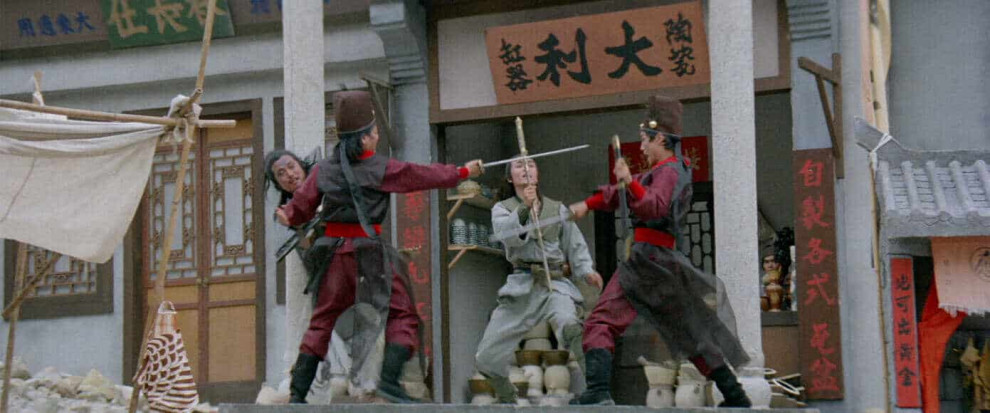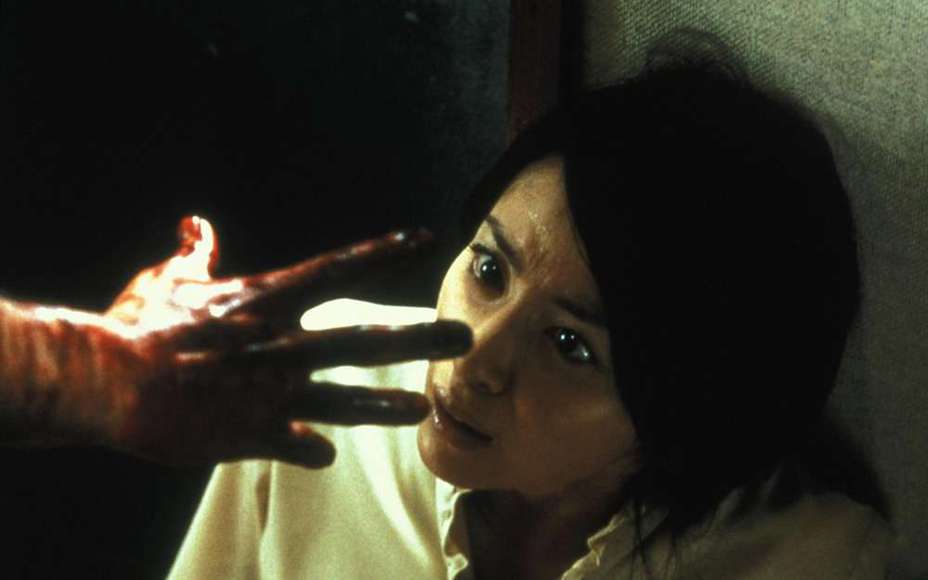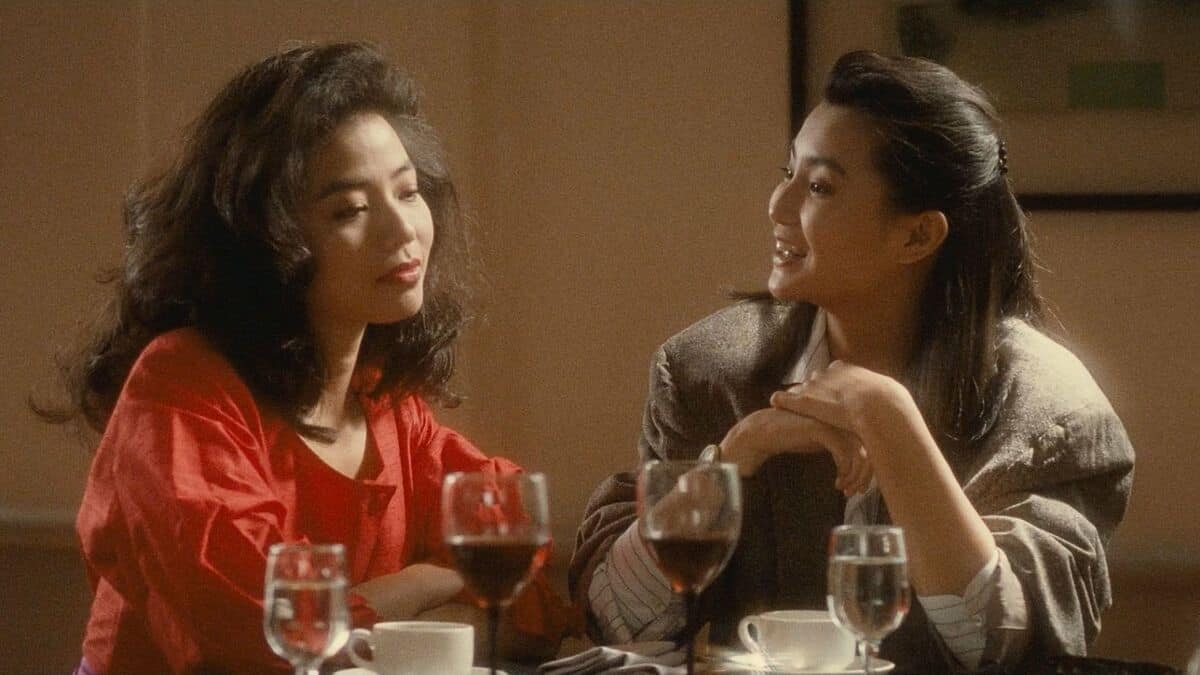Before inventing the “Heroic Bloodshed” genre in the 80's, with films that shaped action cinema for decades, like “A Better Tomorrow” and “The Killer”, John Woo was directing martial-arts films for the two biggest studios in Hong Kong, Shaw Brothers and Golden Harvest, under the guidance of the great Chang Cheh. “Last Hurrah for Chivalry” in particular, was a testament to both his past, as the film functions as a tribute to his mentor, and his future, as one of the most important elements of the “Heroic Bloodshed”, male friendship/comradeship also has a central role here. Lastly, the main character Tsing Yi is an inspiration taken from the real-life assassin Jing Ke, who is historically remembered for his failed assassination attempt of Qin Shi Huang, and has “loaned” his story to a number of movies, including “The Emperor and the Assassin” and “Hero”.
Buy This Title
The story begins during the wedding party of master Kao Peng, when his father's archrival Pak Chong-Tong and his minions arrive spreading hell in the mansion and highlighting their difference in ability in martial arts compared to their “hosts”. A shattered Kao Peng flees with the help of few of his father's loyal subordinates, and vows for revenge. Realizing his inability to win against Pak Chong-Tong, he begins a search of finding able men and convincing them to help him. After many tribulations, he ends up with Chang San (aka the Magic Sabre), a man who tries to put his violent past behind, instead caring for those in need and frequently “punishing” his sister's fiancé for not marrying her. Soon later, another man, Tsing Yi, a killer for hire, agrees to join Chang San, with the two men forging an unusual, but rather strong friendship based on the respect of each other's abilities. As the two of them move against Pak Chong-Tong, however, a number of secrets come to the fore, and deception becomes the main factor in the story, leading to a final fight much different from what the duo anticipated.
John Woo follows all the rules of Chang Cheh and Shaw Brother's style regarding martial arts films, with the majority of battles taking place in interiors, in contrast to “Hand of Death” that featured much location shooting. The lush and maximalism of Shaw Brothers sets is also to be found here, along with the almost non-stop action and the frantic pace, implemented by Peter Cheung's editing.

However, John Woo manages to add his personal touches quite eloquently, by writing a story with much more depth than is usually met in the category, as the machinations and the turning of allegiances are also central elements of the narrative. Through this tactic, Woo makes a comment about the way the cunning “nobles” exploit the lower classes, the way money can affect people and, subsequently, the way traditional values give their stead to materialism. Amidst these elements, however, Woo also makes a point of highlighting that male friendship, comradeship, strength and loyalty will always triumph despite the difficulties, even though sacrifice is almost a necessity in that purpose. Through these concepts, Woo adds drama and in essence, depth, in a category that was becoming preterit at the time. At the same time, he does not forget to include humor in the story, in order to lighten the mood and offer entertainment, with the way the two heroes meet and Chang San's dealings with his sister's fiancée being the most hilarious.
The stylish cinematography by Cheung Yiu Tsou and Tsin Yu, that would later become a trademark of Woo's movies is also here, with the way the rather bloody action scenes are shot being the apogee.
Damian Lau as Tsing Yi and Wai Pak as Chang San are great in all the aspects of their roles, both in the comedic and dramatic and in the actions scenes. I would say however, that Lau Kong as Kao Pang and Hoi Sang Lee as Pak Chong-Tong are the ones that steal the show, the former in the narrative and the latter in the action department.
“Last Hurrah for Chivalry” is a great sample of traditional HK martial arts film, but John Woo's additions in narrative, implementation, and overall style make it a rather unique entry in the category that is a must-see for fans of both traditional and contemporary action.

















Saw this film some years ago, and liked it so much I got it on VHS. You’re right—it is a unique and beautiful-looking film, in that it had much more depth that your usual wuxia film at that time. Maybe I should upgrade it to DVD whiile I’m at it, lol.
Glad you feel the same way as we do! The DVD link is right up there in the article, after all — only if you should feel so tempted, hahaha. :^)